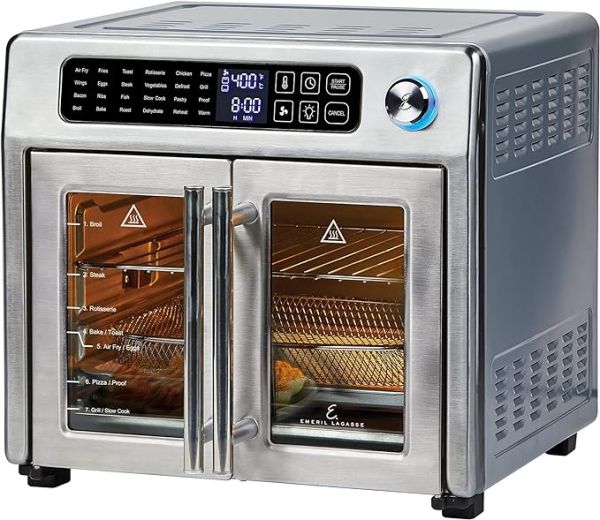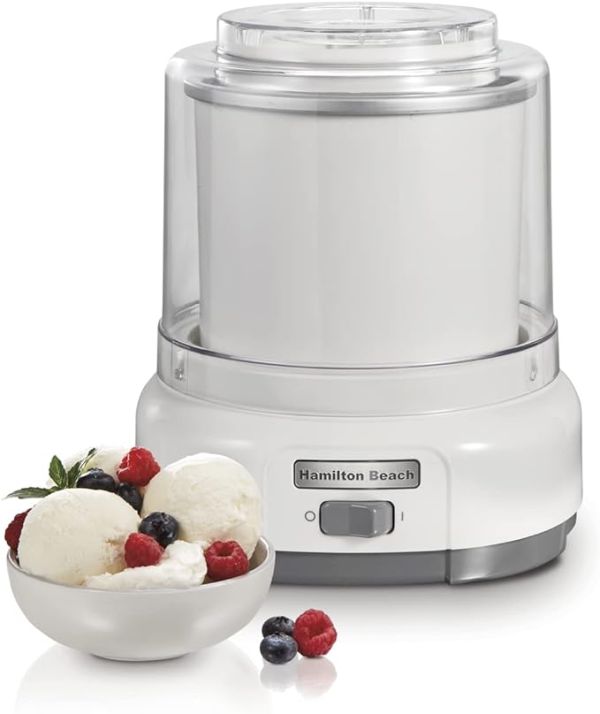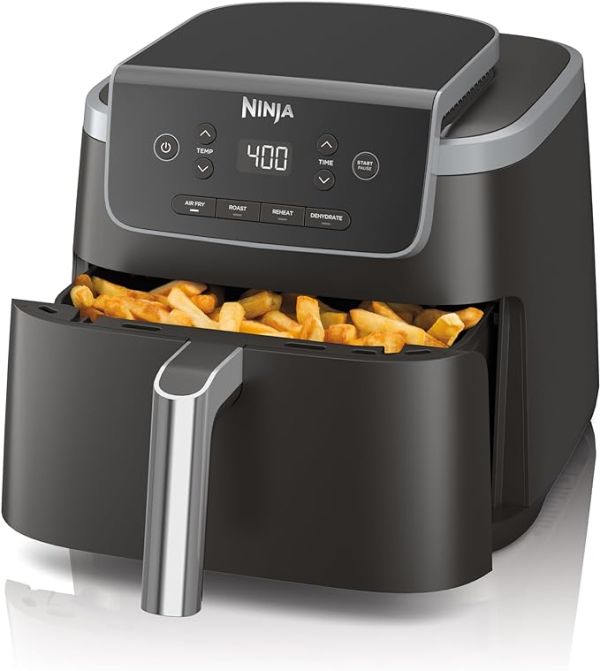Choosing Between Tilt-Head and Bowl-Lift Stand Mixers for Your Kitchen Needs
- Key Features of Tilt-Head Stand Mixers
- Adjustable Height
- Ease of Cleaning
- Advantages of Bowl-Lift Stand Mixers in Baking
- Accessibility and Ease of Use: Tilt-Head vs. Bowl-Lift
- Comparing Mixing Power and Performance Between Models
- Maintenance Considerations for Tilt-Head and Bowl-Lift Mixers
- Checking the Mechanism
- Electrical Components and Performance
- Price Differences and Value for Money Analysis
- Q&A:
- What is the main difference between tilt-head and bowl-lift stand mixers?
- Which type of stand mixer is better for heavy-duty baking?
- Are tilt-head mixers easier to use for beginners?
- What attachments are available for these stand mixers, and are they compatible with both types?
- Reviews
For precise mixing and versatile performance, opt for a bowl-lift design, especially if you frequently work with heavier doughs. Its robust construction accommodates larger batches with ease, ensuring stability and power during operation.
If compactness and ease of use are your priorities, the tilt-head model offers excellent flexibility, making ingredient addition straightforward without needing to remove the bowl. This style is particularly favored by home cooks who appreciate convenience.
Evaluate your typical baking requirements. If large volumes are common in your kitchen, a bowl-lift option will serve you best. For everyday tasks and occasional baking, a tilt-head might be ideal. Choose based on your culinary needs to maximize efficiency in your kitchen.
Key Features of Tilt-Head Stand Mixers
For those seeking versatility and usability, opting for a model with a tilt-head design is highly recommended. These units offer distinct advantages that enhance the mixing experience.
Adjustable Height
- Easy access to the bowl allows for convenient ingredient additions.
- Height adjustment fits various bowl sizes, making it adaptable for different recipes.
Ease of Cleaning
- The detachable head enables effortless cleaning of both the head and bowl.
- Fewer crevices compared to other designs, reducing time spent on maintenance.
This model's user-friendly operation is perfect for both novice cooks and seasoned bakers alike. Its balance of form and function makes it a valuable addition to any kitchen.
Advantages of Bowl-Lift Stand Mixers in Baking
Bowl-lift models excel in handling dense and heavy mixtures, making them ideal for tasks such as bread dough or thick batters.
The elevated bowl position allows for greater stability, reducing the risk of tipping during vigorous mixing. This feature is particularly beneficial when working with large quantities.
With a higher lifting mechanism, these units often provide more power, leading to quicker mixing times and improved consistency in batter and dough.
The design accommodates larger bowls, which increases batch sizes and minimizes the need for multiple mixing sessions.
These devices are also easier to clean since the bowl can be detached easily, allowing access to all parts without hassle.
The professional aesthetic and robust build also enhance durability, ensuring longevity and reliability in high-volume baking situations.
Frequent users appreciate the easy access to ingredients, as the elevated bowl simplifies the process of adding components mid-mix.
This type is often equipped with more powerful motors, translating to better performance in tough mixing scenarios.
Accessibility and Ease of Use: Tilt-Head vs. Bowl-Lift
The choice between these two design types mainly hinges on user convenience and accessibility. The tilt-head variant offers a straightforward approach, especially for those who prefer quick access to the mixing bowl without major adjustments.
- For individuals with limited strength or mobility, the tilt mechanism enables easy bowl removal and ingredient addition with minimal effort.
- The height-adjustable bowl-lift model, while sturdy, might present challenges for users needing to lift bowls into position, making frequent ingredient changes cumbersome.
In contrast, the bowl-lift design excels in stability and power, accommodating larger batches with ease, benefiting those who frequently bake in bigger quantities.
- Those who opt for high-performance mixing tasks may prefer the secure hold of the bowl-lift style.
- However, users should evaluate their typical batch sizes and physical limitations when considering this option.
Both designs have distinct advantages, but for everyday culinary tasks, the tilt-head model remains favorable for its simplicity and quick accessibility. Always assess your personal requirements and kitchen workflow before making a decision.
Comparing Mixing Power and Performance Between Models
For maximum efficiency in baking, a model with a high-wattage motor, typically around 500 watts, offers superior power, allowing for effortless mixing of thick doughs and batters. Models boasting a direct drive system can deliver consistent performance, ensuring uniform mixing results.
The torque output is equally critical; look for machines designed with optimized planetary action that reaches every corner of the bowl. This feature minimizes the need for manual scraping, enhancing both time-saving and mixing quality. A bowl-lift model is generally preferable for heavy mixing tasks, as it provides better stability under substantial loads.
Another factor is the number of speeds available. Models with at least 10 speeds offer versatility for various tasks-from gentle folding to high-speed whipping. A greater speed range can make all the difference in achieving the perfect texture for certain recipes.
Consider noise levels, too; quieter motors provide a more pleasant baking experience. High-quality gear systems often result in smoother operation, reducing vibrations and minimizing sound.
Lastly, ease of cleaning and maintenance contributes to long-term satisfaction. Models with removable parts simplify upkeep, ensuring your mixing apparatus remains in top condition for years to come.
Maintenance Considerations for Tilt-Head and Bowl-Lift Mixers
Regular cleaning is fundamental for both mixer types. Post-use, detach the bowl and beaters; wash them in warm, soapy water, avoiding abrasive materials that could scratch surfaces. Wipe the main unit with a damp cloth; never submerge it in water.
Checking the Mechanism
Inspect the tilt-head and bowl-lift mechanisms regularly. For the tilt-head variant, ensure the hinge operates smoothly without excessive resistance. Lubricate the pivot point annually with food-safe grease. For bowl-lift models, examine the lift arms for any signs of wear and adjust the tension if necessary to maintain a tight fit between the bowl and beaters.
Electrical Components and Performance
Monitor the power cord for frays or damage. Should issues arise, avoid using the mixer until repair or replacement occurs. It's also advisable to inspect the motor's cooling vents; clear any dust accumulation to prevent overheating. Keeping track of performance irregularities, such as unusual sounds or vibrations, can help identify issues early, ensuring longevity and reliability of your appliance.
Price Differences and Value for Money Analysis
The price range for traditional kitchen appliances varies significantly based on design and functionality. Typically, the tilt-head apparatus can be found between $250 to $450, while the bowl-lift variant often ranges from $300 to $600. This difference results mainly from the build quality and the additional features offered by each type.
Key factors impacting value include motor power and torque. Tilt-head models generally feature a less powerful motor, usually around 300 watts, adequate for standard tasks. Meanwhile, bowl-lift types boast motors ranging from 500 to 600 watts, making them ideal for heavy-duty mixing.
| Type | Price Range | Motor Power (Watts) | Value Assessment |
|---|---|---|---|
| Tilt-Head | $250 - $450 | 300 | Great for light to moderate use; more affordable |
| Bowl-Lift | $300 - $600 | 500 - 600 | Best for heavy-duty tasks; higher investment yields better performance |
Investing in the bowl-lift version may be sensible if frequent baking or cooking is planned, as it complements a robust usage pattern. Conversely, for casual users or individuals with limited kitchen space, the tilt-head option offers substantial savings without sacrificing too much functionality.
In summary, evaluate how often and for what purposes the appliance will be used to determine which investment aligns best with your culinary needs and budget.
Q&A:
What is the main difference between tilt-head and bowl-lift stand mixers?
The primary distinction between tilt-head and bowl-lift stand mixers lies in their design and functionality. Tilt-head mixers feature a head that tilts back, allowing for easy access to the bowl. This design is ideal for tasks like adding ingredients or scraping the bowl. On the other hand, bowl-lift mixers utilize a lifting mechanism to raise and lower the bowl. This structure provides more stability for heavy mixtures and is commonly preferred by those who frequently bake bread or work with dense doughs.
Which type of stand mixer is better for heavy-duty baking?
Bowl-lift stand mixers are typically better suited for heavy-duty baking. Their sturdy design allows for greater stability and can handle denser mixtures more effectively than tilt-head models. This makes them a popular choice among serious bakers who often work with thick doughs, such as bread or pizza dough. If you plan to tackle challenging recipes that require robust mixing, a bowl-lift mixer might be the right fit for you.
Are tilt-head mixers easier to use for beginners?
Many beginners prefer tilt-head stand mixers because of their user-friendly design. The tilting head provides easy access to the mixing bowl, making the process of adding ingredients or switching attachments simpler. Additionally, tilt-head models are generally lighter and more compact, making them easier to store and handle for those who may not have much experience with baking equipment. Beginners might find these features appealing as they start their baking journey.
What attachments are available for these stand mixers, and are they compatible with both types?
Both tilt-head and bowl-lift stand mixers typically offer a variety of attachments, including dough hooks, flat beaters, and wire whips. However, compatibility can vary by model and brand. Some specialized attachments may only fit certain types of mixers, so it's essential to check the specifications of the individual mixer and the attachments you are considering. Generally, most standard attachments will work with both types, making it easy to expand your mixing capabilities regardless of the choice you make.
Reviews
PixieDust
As a home baker, I was thrilled to finally choose between the Tilt-Head and Bowl-Lift stand mixers. After much consideration, I opted for the Tilt-Head model, and I couldn't be happier with my choice. The design is sleek and stylish, fitting perfectly on my countertop. The tilt-head feature makes adding ingredients a breeze, and I love how easy it is to detach the bowl for cleaning. The power of this mixer is impressive; it handles everything from whipping cream to kneading bread dough with ease. I also appreciate the variety of attachments available, which expand its functionality. On the other hand, I found the Bowl-Lift model to be quite sturdy, ideal for heavy mixing tasks. However, it felt a bit bulkier and less convenient for my needs. In the end, the Tilt-Head fits my baking style perfectly, offering the right balance of power and accessibility. If you're looking for a reliable and stylish stand mixer for everyday use, I highly recommend it!
Matthew Garcia
I recently purchased the "Stand Mixers: Tilt-Head vs. Bowl-Lift" guide, and it made my decision so much easier. I was torn between the two types, but this guide breaks down the pros and cons clearly. The tilt-head option is great for easy access and mixing smaller batches, perfect for someone like me who bakes occasionally. On the other hand, the bowl-lift model seems more robust and better for larger quantities, which is ideal if you plan to make bigger recipes. What I appreciated most is the comparison of features without any fluff. The guide includes helpful visuals and tips on which attachments work best with each model. I also found the section on maintenance very useful, especially as I'm not too handy with appliances. In the end, I felt more confident about choosing a mixer that fits my baking habits. If you're in the market for a stand mixer and feeling unsure, this resource will definitely help clarify things. Highly recommend it!
Christopher Jones
I recently purchased the guide "Stand Mixers: Tilt-Head vs. Bowl-Lift-Which Should You Choose?" and it was quite helpful in making my decision. As someone who enjoys baking, understanding the differences between the tilt-head and bowl-lift designs was key. The tilt-head model is great for easy access to the bowl, making adding ingredients straightforward. However, the bowl-lift option offers better stability, especially for larger batches. I appreciated how the guide broke down the pros and cons of each style without getting too technical. The comparisons made it simple to visualize how each type could fit into my kitchen routine. I now feel confident in my choice, leaning towards the bowl-lift for its robustness. If you're on the fence about which stand mixer to buy, this guide is a solid resource. It not only clarifies the differences but also provides insights from real users. A great investment for anyone serious about baking!
Sophia
I recently purchased the "Stand Mixers: Tilt-Head vs. Bowl-Lift-Which Should You Choose?" guide and found it incredibly helpful. As someone who enjoys baking, I had to decide between a tilt-head and bowl-lift mixer. The comparison was clear and detailed, simplifying my decision-making process. The pros and cons of each type were laid out in a way that was easy to understand. I appreciated the insights into how each design impacts mixing and dough handling. The tips on which style is better for different baking tasks were particularly useful. It's great to see such a comprehensive yet straightforward resource available. Now, I feel confident in my choice. If you're in the market for a stand mixer and unsure which to select, I highly recommend this guide. It provided the information I needed to make an informed decision without being overwhelmed. A must-read for any baking enthusiast!
DaisyDream
I recently purchased the "Stand Mixers: Tilt-Head vs. Bowl-Lift" guide and I'm very pleased with it. As someone who enjoys baking, choosing the right stand mixer was quite a task. This guide helped clarify the differences between the tilt-head and bowl-lift designs, making my decision much easier. The detailed comparisons provided insights into the pros and cons of each type. The tilt-head model is great for everyday use; it's easy to access the bowl and ingredients. However, I learned that the bowl-lift option offers more stability for heavy mixtures, which is a big plus for my bread-making sessions. I appreciated the practical advice and tips shared throughout the guide. It felt like I was getting personalized recommendations rather than a generic overview. This resource has definitely made me feel more confident in my choice. I highly recommend it to anyone considering their next stand mixer purchase-it's a valuable read!



